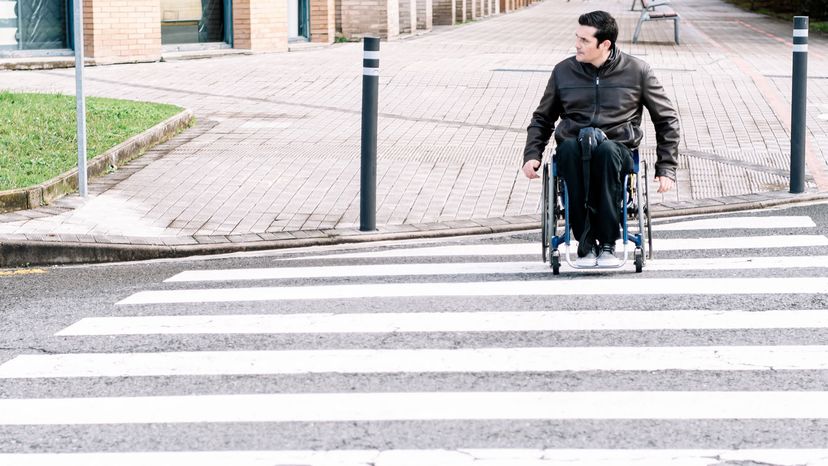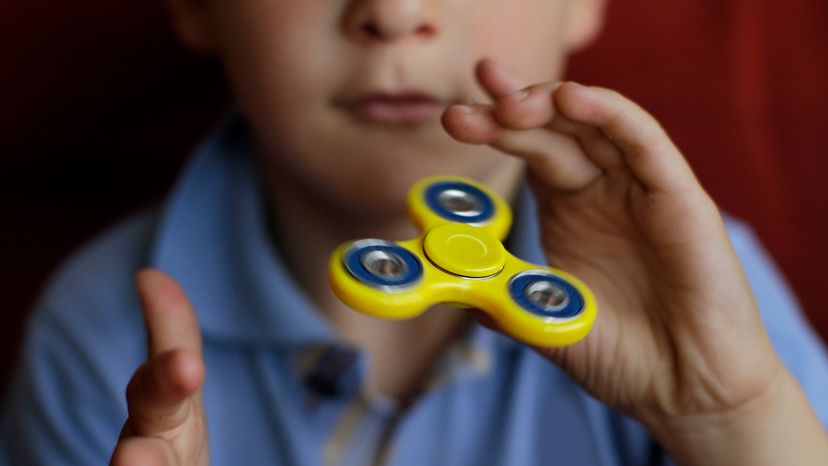
There's something called the "Curb-Cut Effect." Research institute PolicyLink describes it as "a vibrant illustration of how laws and programs designed to benefit vulnerable groups, such as the disabled or people of color, often end up benefiting all."
We live in a world that's largely made for people who can see, hear, walk and talk with little or no difficulty. However, we also live in a world where 1 billion people have some form of disability, and one-fifth of those (110 to 190 million) have significant disabilities, according to the World Bank. Many times, these people need special adaptations in order to thrive in the world. But the cool thing is that often the products or adaptations invented for people with disabilities end up being used and enjoyed by people of all abilities.
Advertisement
In case you're wondering what a curb cut is, you'll find out as it's one of the items on our following list of eight. Some of these you encounter almost every day.




